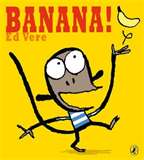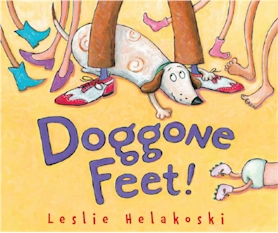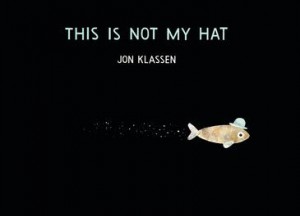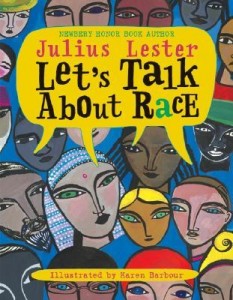 Want a book that every kid in your class can read with expression and enjoyment? Try Ed Vere’s nearly wordless picture book, Banana! I love using wordless and nearly wordless books with young readers. (If you want the myriad of reasons why wordless books are great for building narrative skills, fluency, top-down processing, etc., check out this article by the Center for the Improvement of Early Reading Achievement or this one from Education Week.) The facial expressions on the two monkeys are so engaging, and the text is limited to two words: banana and please with either question marks or exclamation points. As you read, point out how the exclamation mark and question mark change the way we read the words. (Print Concepts mini-lesson? Check!)
Want a book that every kid in your class can read with expression and enjoyment? Try Ed Vere’s nearly wordless picture book, Banana! I love using wordless and nearly wordless books with young readers. (If you want the myriad of reasons why wordless books are great for building narrative skills, fluency, top-down processing, etc., check out this article by the Center for the Improvement of Early Reading Achievement or this one from Education Week.) The facial expressions on the two monkeys are so engaging, and the text is limited to two words: banana and please with either question marks or exclamation points. As you read, point out how the exclamation mark and question mark change the way we read the words. (Print Concepts mini-lesson? Check!)
Banana! is perfect for young readers’ theater. After reading the book to your students, split them into pairs. The kids can make their own monkey masks or hats or puppets. Give students time to practice their lines (nailing that Common Core State Standard of Fluency). Then, kids take turns performing for the class, reading their lines as you hold up the book and turn the pages.
You can make a silly spin-off book called “Apple!” Take photos of two teachers arguing over who gets to eat the apple and lay them out like Ed Vere’s pages. You can make lots of little class books like this if you have a digital camera – let your students be the stars of the book, arguing over and eventually sharing an orange, or a pencil, etc. Your students will go, well, bananas for this book!




